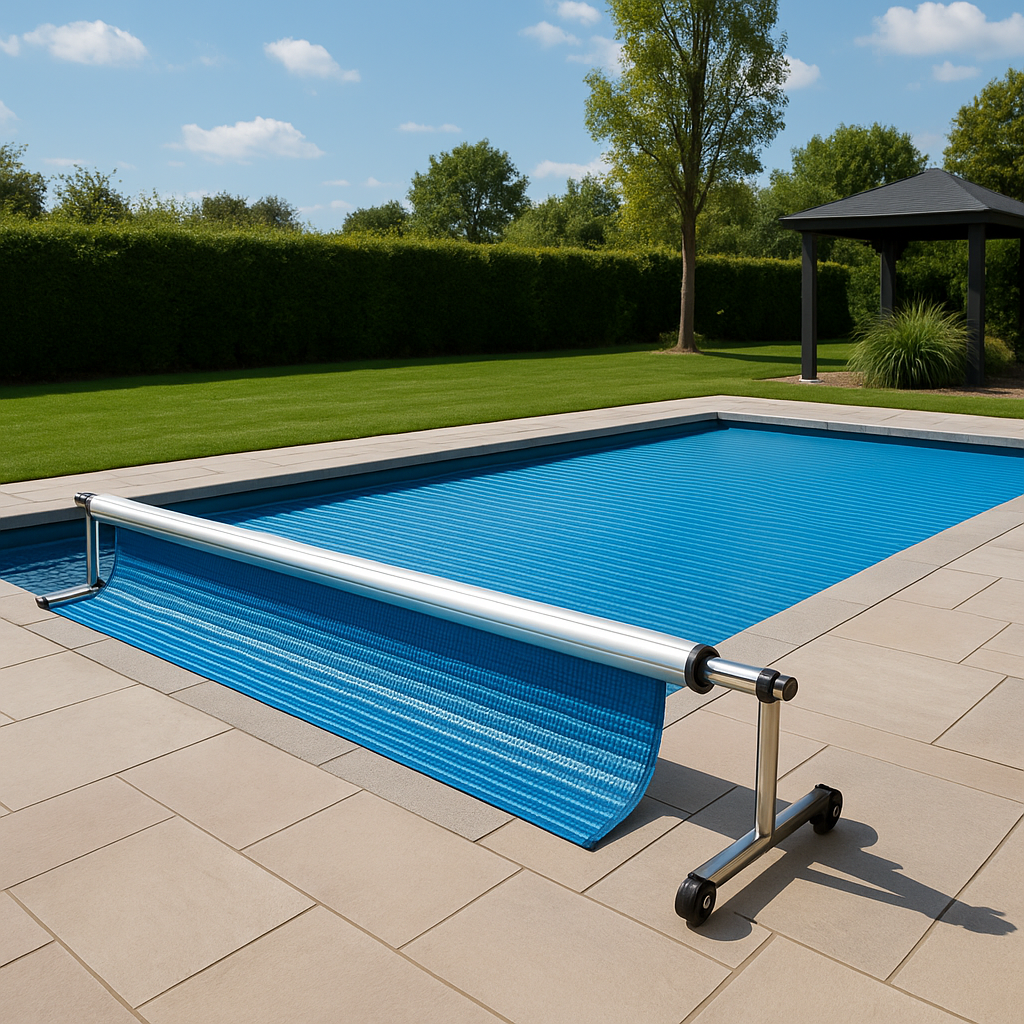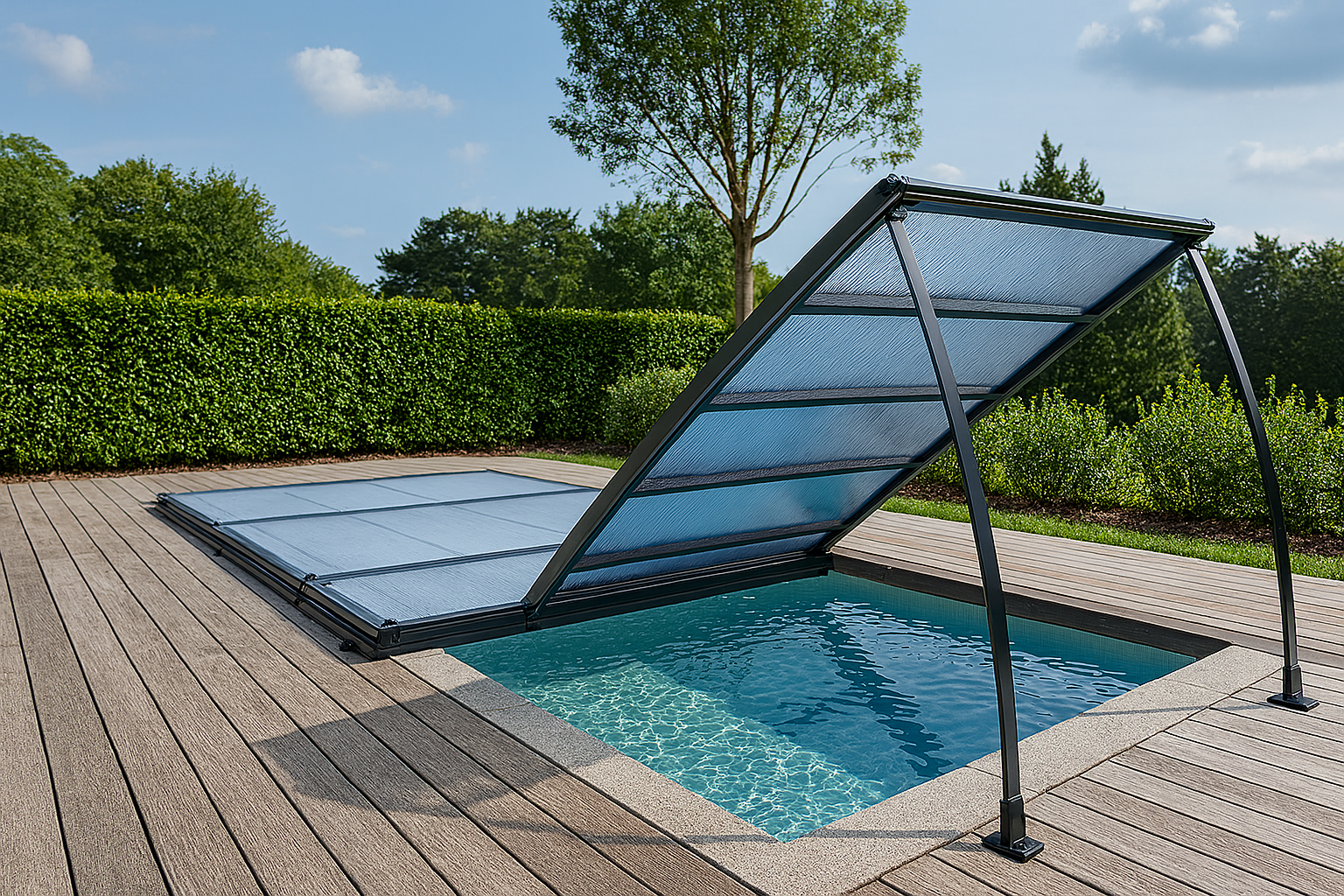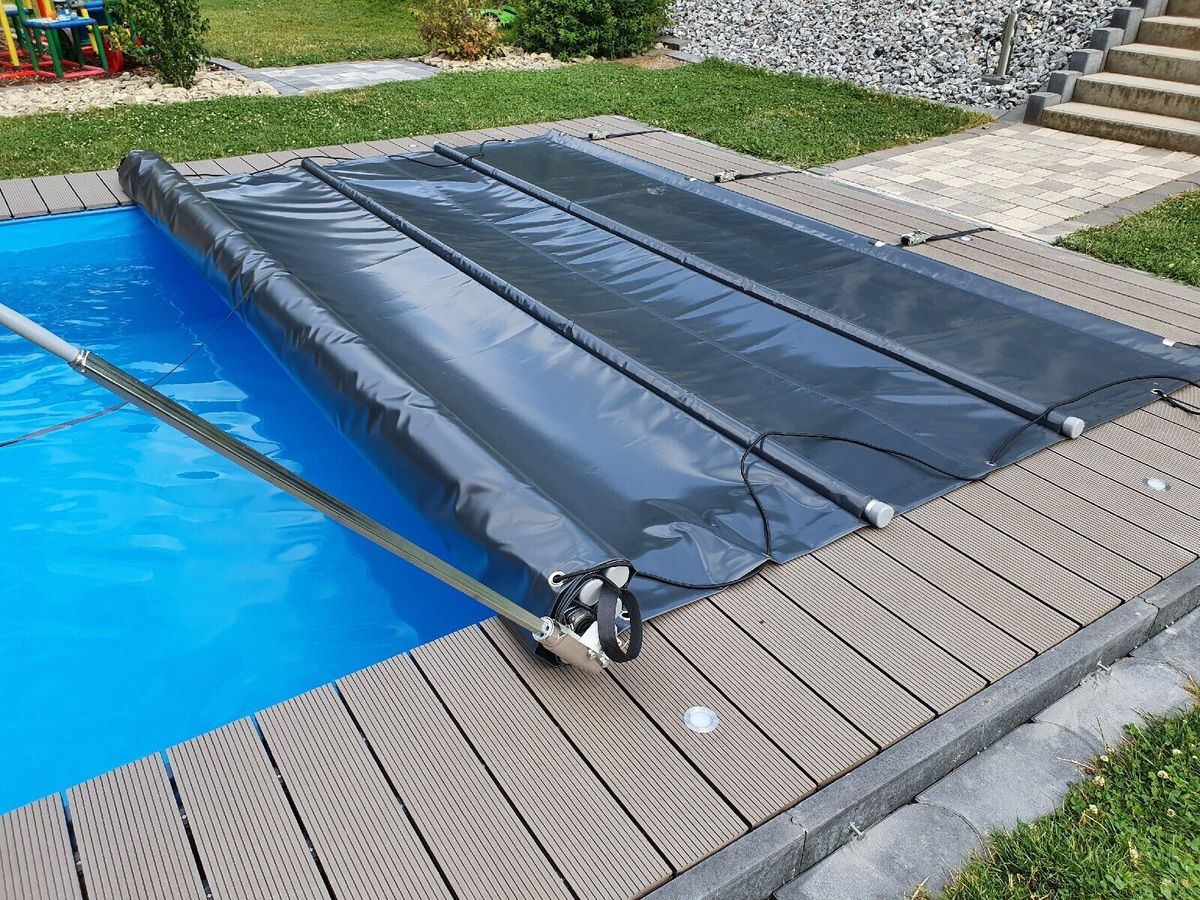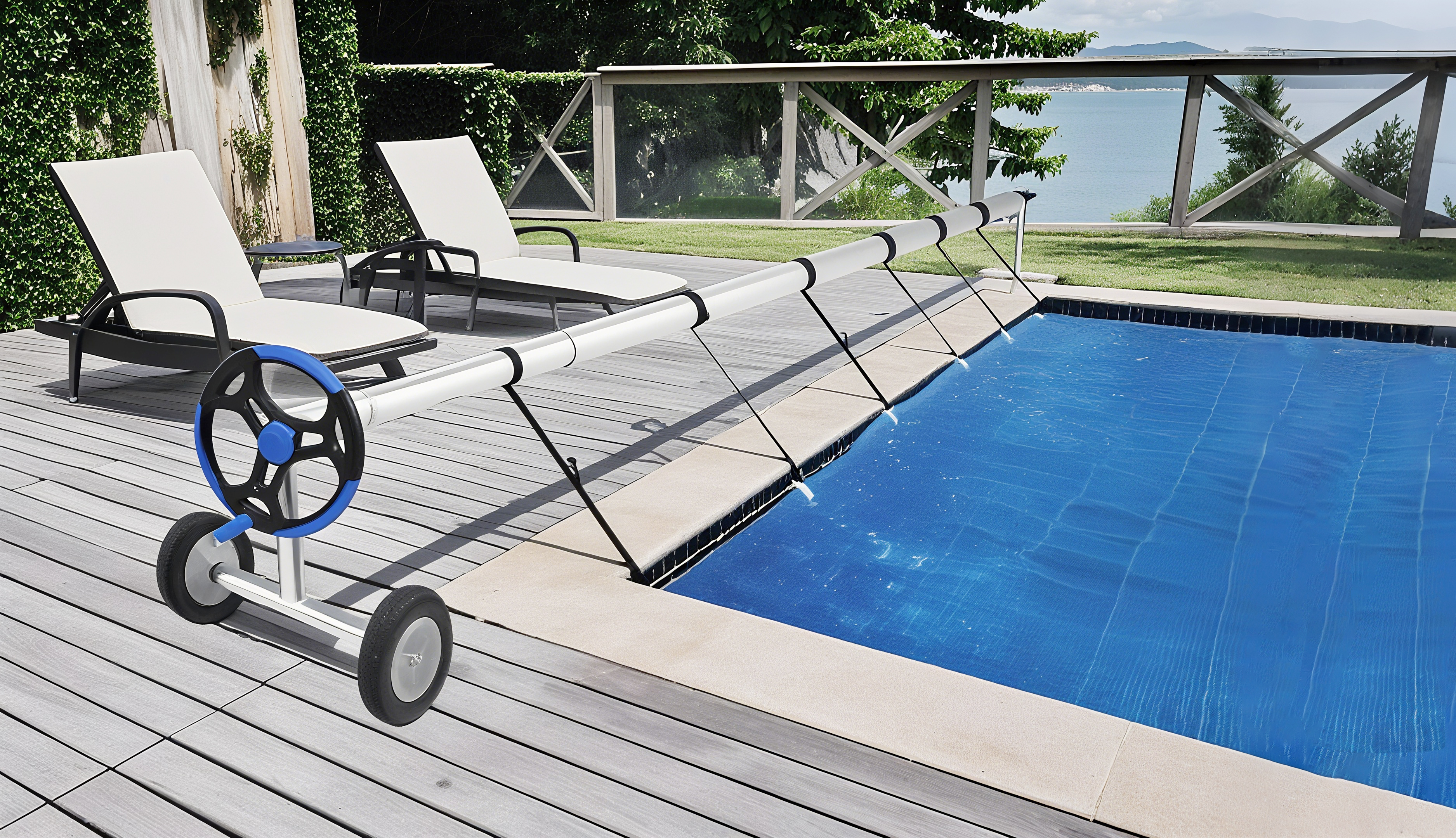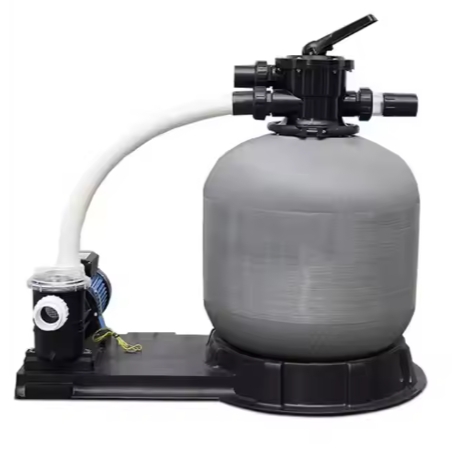Maintaining a sparkling clean swimming pool is the goal of every pool owner, and the key to achieving this is an effective filtration system. A high-quality pool sand filter is one of the most popular and reliable methods for keeping your water pristine. These systems are renowned for their simplicity, low maintenance, and excellent filtering capabilities, making them a fantastic choice for both new and experienced pool owners. Understanding how they work is the first step towards effortless pool care.
A Step-by-Step Guide to Installing Your Pool Sand Filter
Proper setup is crucial for your filter's performance. The process of installing pool sand filter systems is generally straightforward, but it requires careful attention to detail. First, select a level, stable surface near your pool pump. Connect the pump's outlet to the filter's inlet port, typically marked on the multiport valve. Next, connect the filter's 'RETURN' port to the pipe leading back to your pool's return jets. The 'PUMP' port on the valve connects to your pump, and the 'WASTE' port is for the backwash hose. Before adding sand, fill the filter tank about halfway with water to cushion the laterals at the bottom. Then, carefully pour the correct grade and amount of pool filter sand into the tank. Once the sand is in, secure the multiport valve on top, prime the pump, and check all connections for leaks before starting the system. This process is similar for most models, including any sand filter for above ground pool, ensuring everyone can enjoy clear water.
How to Use a Pool Sand Filter for Crystal Clear Water
Once your system is installed, learning how to use pool sand filter settings is simple. The multiport valve is the control center. The 'FILTER' setting is its primary function, where water is pulled from the pool, pushed through the sand to trap debris, and then returned clean to the pool. Monitor the pressure gauge on the filter; a clean filter will have a 'normal' starting pressure. As the filter collects dirt, the pressure will rise. The 'BACKWASH' setting reverses the water flow to flush out trapped debris, which is sent out through the waste line. After backwashing, use the 'RINSE' setting for 30-60 seconds to resettle the sand bed and prevent sand from returning to the pool. Other settings include 'RECIRCULATE,' which bypasses the filter for circulating chemicals, and 'WASTE,' which pumps water directly out of the pool.
Essential Maintenance: Pool Filter Sand Cleaning
Regular pool filter sand cleaning, known as backwashing, is the most important maintenance task. You'll know it's time to backwash when the system's pressure gauge reads 8-10 PSI above its clean, starting pressure. To backwash, first turn off the pool pump. Turn the multiport valve handle to the 'BACKWASH' position. Attach your backwash hose to the waste port if it's not permanently attached. Turn the pump on and let it run for two to five minutes, or until the water running through the sight glass (if you have one) or the end of the hose is clear. Turn the pump off again, switch the valve to 'RINSE,' and run the pump for about a minute. Finally, turn the pump off one last time and return the valve to the 'FILTER' setting. Performing this task regularly ensures your pool sand filter operates at peak efficiency.
Why a Sand Filter is a Great Choice, Especially for Above Ground Pools
A sand filter for above ground pool installations is an excellent and budget-friendly option. These systems are robust and built from durable, weather-resistant materials designed to last for years with minimal intervention. Unlike other filter types, the sand media only needs to be replaced every 3-5 years, making it a cost-effective long-term solution. The powerful circulating pumps often paired with these units ensure a high flow rate, turning over your pool's water volume quickly and efficiently while operating quietly. This combination of durability, low maintenance, and powerful performance makes a pool sand filter a top-tier choice for keeping any pool, big or small, perfectly clear all season long.


